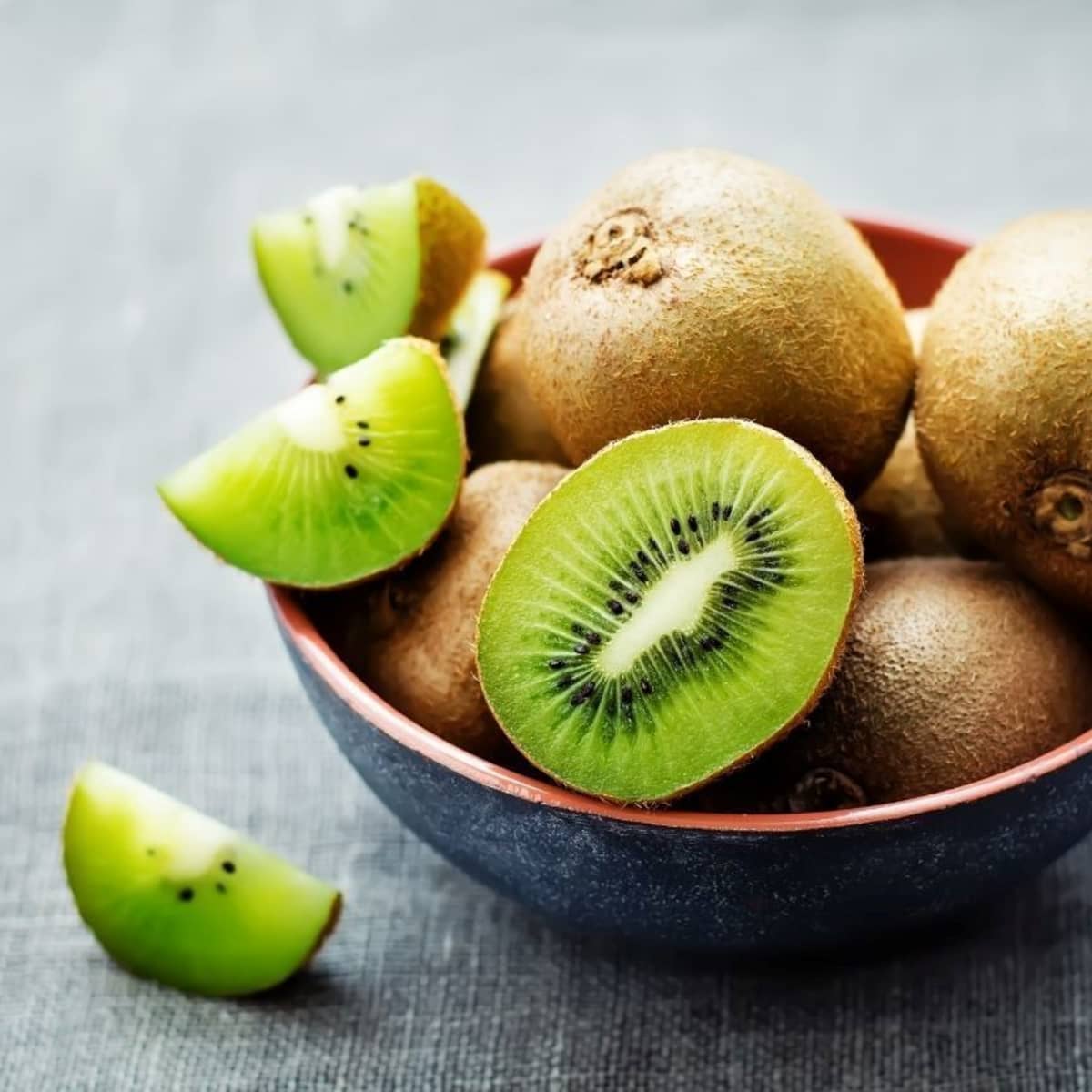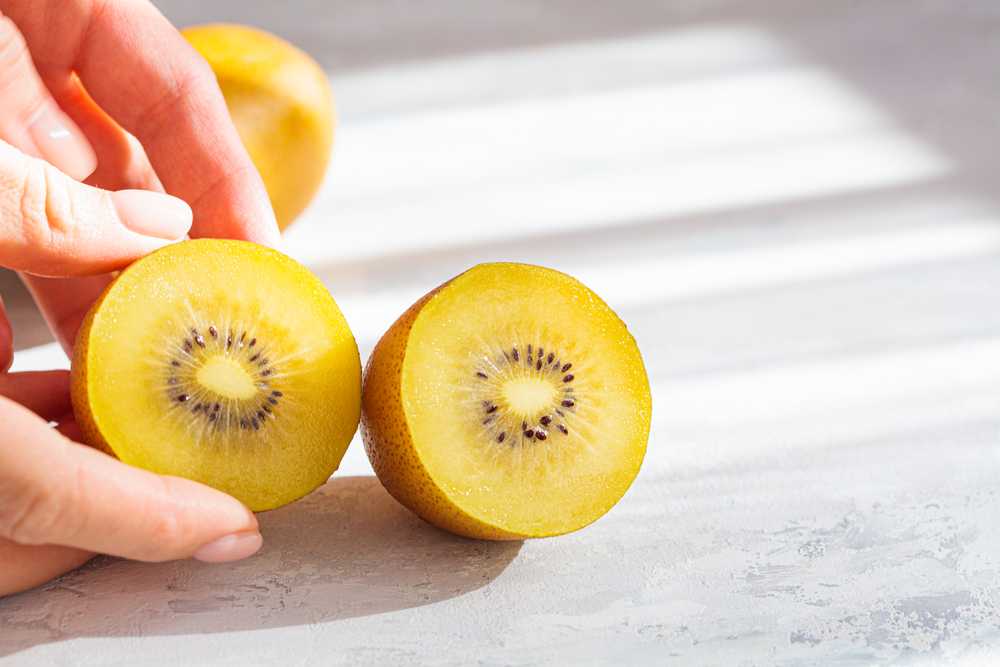Sampling Kiwis: A Flavorful Journey into What Do Kiwis Taste Like
Wiki Article
Discovering the Special Attributes and Fascinating Biology of Kiwi: A Comprehensive Study
Welcome to the fascinating globe of kiwi! In this thorough research study, we will take you on a trip to check out the one-of-a-kind features and biology of these fascinating birds. From their physical functions to their feeding habits and reproductive actions, we will look into every facet of their lives. Prepare to be astonished as we uncover just how kiwis have adjusted to their flightless existence and discover their environmental importance. Prepare to dive deep right into the captivating globe of kiwi!Physical Attributes
What are the physical qualities of a kiwi bird? Well, let's dive right in! The kiwi bird is a small, flightless bird native to New Zealand. It gauges regarding 12 to 14 inches in height and evaluates around 2 to 7 extra pounds. One of one of the most distinguishing characteristics of the kiwi bird is its lengthy, slim bill. This costs is not only made use of for feeding, but likewise for excavating burrows in the ground.The kiwi bird has an unique plumage, with soft, hair-like plumes that appear like hair. Unlike many birds, the kiwi has small wings that are hidden below its feathers and are not functional for flying.
An additional intriguing physical attribute of the kiwi bird is its nostrils situated at the idea of its expense. This adaptation permits them to ferret out worms and bugs, their main source of food, in the ground cover on the forest floor (what do kiwis taste like). In addition, the kiwi bird has large, rounded eyes that are adjusted for low-light conditions, as they are mainly nocturnal
Feeding Habits
To comprehend the feeding habits of the kiwi bird, you require to observe its foraging behavior and nutritional preferences. These birds use their solid feeling of odor to detect victim hidden underneath the surface, and after that use their expense to remove it.Kiwis are omnivorous, indicating they consume both plant and pet matter. Along with insects, kiwis also eat berries, seeds, and fruits. They have a specific desire for fallen fruits that are abundant in sugars, such as the berries of the shrubby tororaro plant. Kiwis have actually been observed feeding upon a variety of plant types, indicating their versatility to various food sources.
Interestingly, kiwis do not have a crop, which is a specific part of the gastrointestinal system located in many birds. Instead, their food passes directly from the esophagus to the tummy. This may be a result of their special transformative background and ecological niche.
Reproduction and Breeding
Now allow's explore the fascinating globe of kiwi recreation and reproduction, structure upon our previous exploration of their distinct feeding routines. Kiwis have an instead fascinating reproductive process. They are monogamous birds, implying they form long-lasting pairs. Once a pair has created, they will stay with each other permanently, which can be up to three decades in the wild.Breeding season for kiwis usually happens between June and March. Throughout this moment, the women kiwi will certainly lay one to 2 eggs, which are uncommonly large contrasted to the bird's body dimension. Kiwi his response eggs are the biggest of any kind of bird in proportion to body weight. After the eggs are laid, both the male and women take turns incubating the eggs, with each taking shifts that can last up to 12 days.
As soon as the chicks hatch, they are birthed completely feathered and able to see (what do kiwis taste like). They are also fairly bright, indicating they are able to care for themselves fairly quickly. Even after the chicks have actually official statement hatched, the moms and dads continue to supply care and protection for them up until they are totally independent, which can take a number of months.

Adaptations to Flightless Presence
As a flightless bird, the kiwi has undertaken several modifications to its composition and behavior that permit it to grow in its one-of-a-kind setting. Unlike various other birds, kiwis have small, vestigial wings that are practically worthless for flying.An additional adjustment that kiwis have created is their strong legs and feet. The kiwi's legs are positioned and muscle much back on its body, offering it with a reduced facility of gravity and optimal equilibrium.
In order to make it through without the ability to fly, kiwis have actually also established a keen feeling of odor. Their lengthy, slender beaks residence extremely delicate nostrils, allowing them to spot pests and worms below the woodland floor. This remarkable adaptation aids kiwis locate food resources and maintain a well balanced diet.
Ecological Relevance
The environmental value of kiwi depends on their duty as key seed dispersers in their native habitat. As they relocate through the woodland flooring, kiwi forage for insects, worms, and a selection of plants. In the process, they take in fruits and berries, which consist of seeds. These seeds after that pass through the kiwi's digestion system unhurt and are later on dispersed with their feces. This unique process assists in the all-natural regrowth of woodlands.The kiwi's capacity to spread seeds is critical for preserving the biodiversity and equilibrium of their environment. By spreading seeds throughout various areas, they add to the development and wealth of numerous plant species. Consequently, these plants supply food and sanctuary for various other animals, developing an internet of interdependencies within the ecosystem.
Additionally, kiwi play a crucial function in managing the populace of certain plant types (what do kiwis taste like). Some plants create an extreme variety of seeds, which can cause congestion and restricted sources for other plants. By taking in and distributing these seeds, kiwi assistance control the development of such plants, making certain a much healthier and extra varied ecological community
The eco-friendly relevance of kiwi expands past their function as seed dispersers. Their delving actions likewise adds to dirt oygenation and nutrient recycling, boosting the overall health and wellness of the woodland flooring. Furthermore, their feeding practices can assist manage insect populaces, lowering the visit homepage danger of bug break outs that might harm vegetation.
Final Thought
In verdict, discovering the special attributes and interesting biology of kiwi reveals its physical attributes, feeding behaviors, reproduction and reproducing patterns, in addition to its adaptations to a flightless presence. With its distinguishing characteristics and eco-friendly value, the kiwi works as an amazing example of nature's variety and adaptation. By appreciating the kiwi and recognizing's role in its ecosystem, we can even more advertise conservation initiatives to guarantee the conservation of this amazing types for future generations.
Report this wiki page